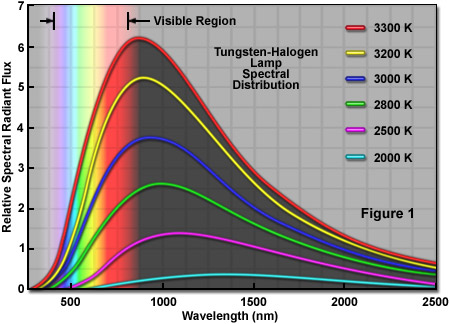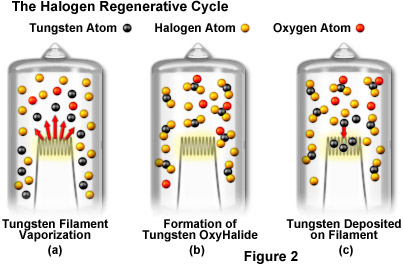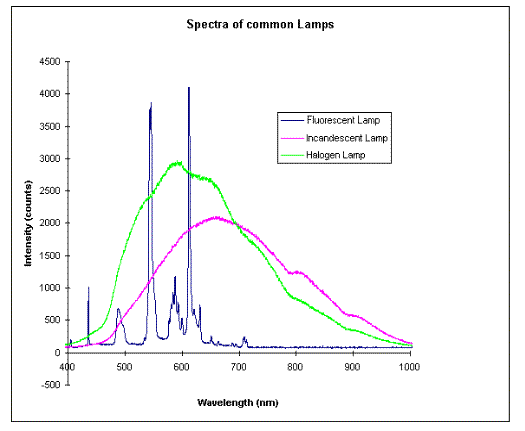Paul this took me a bit to find because incandescent globe manufacture is not high these days.
Here is the graph of an halogen incandescent globe filament running at different temperatures from a manufacturer, they will have done it by controlling the voltage to the globe.

As you can see it does a good impression of looking like the suns emission the hotter it gets

So there isn't much difference between the sun and the light bulb really all that has changed is the source of the heat, electricity for the light and nuclear for the sun.
The interesting part for you is there is a cycle in a halogen light very different to the sun and a normal incandescent bulb but it shows the process can have subcycles and the emission remains the same

The process simply increases the efficiency of generating heat and it's still the heat that produces the light.
Here are the emission spectrum of common lighting .. excluding LED's which will sidetrack us. The LED's looks something like the fluorescent lamp and you can see there emission looks very different to the sun and incandescent light because they aren't based on heat. If you see a broad sloped bell shape like that with a left side cutoff, it's always a thermal emission unless it's man made and trying to imitate a thermal emission.

So you could ask whatever you were trying to understand about the spectrum using an incandescent bulb if you like it's essentially the same emission process and something data will exist for.
The bottom line is unless the sun is man made its light emission is thermal







